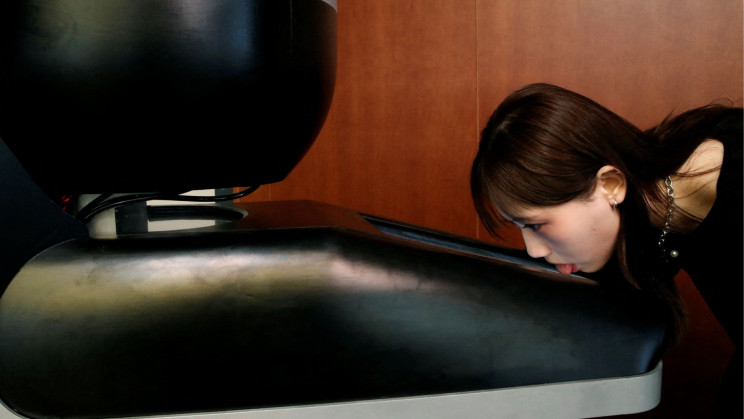Online shopping has been surging in recent years, and it seems like it’s going nowhere but up. More and more people are choosing to take their shopping online, citing things like long checkout lines and an inability to find products in stores as their reasons. So what does the future of online shopping look like?
It’s More Mobile
Until fairly recently, getting online on your smartphone could still be incredibly irritating. Companies didn’t have quality apps, and many websites weren’t very mobile-friendly. That’s changed a lot. Pretty much all your favorite stores have an app, or at the very least, a mobile-friendly website. In fact, a 2015 Google update forced website owners to make their sites more mobile-friendly.
Phones serve as so much more than a way to shop. They’re also fully integrated into purchases. Apple Pay and other digital payment options are turning your phone into a credit card and bank account as well. Coupons are readily available from all over the web.
Groupon is a really good example. It has an app for easy access, a ton of deals, and it offers name brand and valuable items. It doesn’t just specialize in one thing like a lot of brick-and-mortar stores do. You can get everything from concert tickets to bed sheets to clothes to full-on vacations on Groupon.
It’s Heading Toward Augmented Reality
One of the only complaints online shoppers have is the lack of a sensory experience. They have to guess at things instead of being able to feel the item and see how big or heavy it is. You can’t really tell how that coffee table or chandelier is going to look or fit in your home until you actually have it. Even with dimensions provided by the seller, it can still be difficult to envision.
This is a job for augmented reality–where a computer-generated image is superimposed on a user’s view of the real world. Already, there was no real reason to drive anywhere to shop aside from not knowing how an item would fit. Figuring in augmented reality means you can have a sensory experience even while shopping on a smartphone. You can see how that piece of art is going to look on your wall and whether it’s going to overpower the room.
With it, there’s a smaller chance of items being returned because they don’t meet the buyer’s expectations. Augmented reality provides the sensory experience people are missing from online shopping. This could be the thing that convinces people who are reluctant to ride the online shopping train to get on board. Who wouldn’t want to shop without having to leave their house?
Online shopping will continue to morph and change to better fit what consumers are looking for. The transition from desktop- or laptop-based shopping to mobile is already well underway. Augmented reality is the next step and the way to further convert shoppers to the online format. If brick-and-mortar retailers don’t put a focus on the online game, they’re going to be struggling more than they already are.







